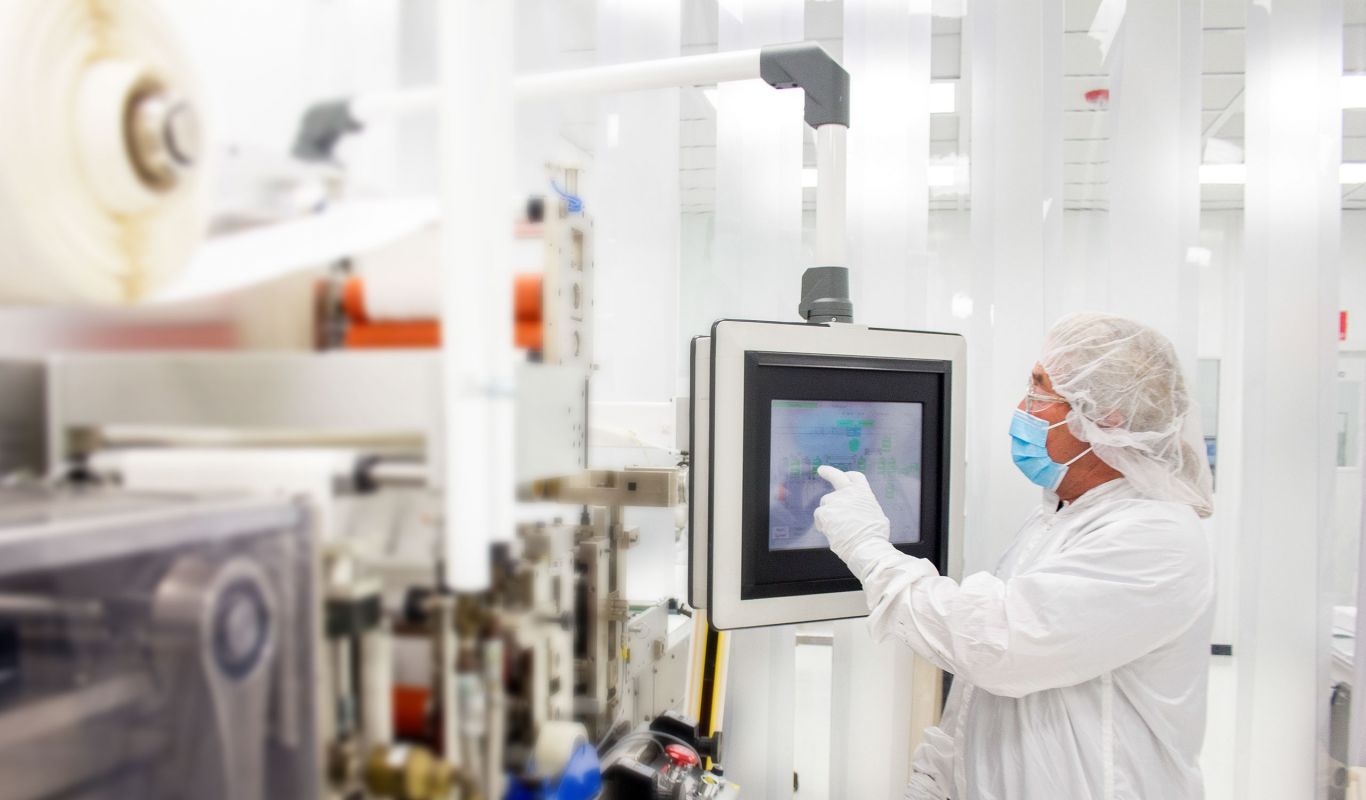Selecting the appropriate packaging for medical devices requires a full understanding of performance and application requirements to uphold both functionality and safety. When starting the packaging process, there's a myriad of considerations, each crucial in preserving the device's integrity. From dimensions to sterilization methods, here’s a breakdown of what you should consider when choosing your medical packaging.
Device geometry is also an essential input when it comes to potential packaging defects. Recognizing any rough edges or sharp components is necessary to ensure the correct packaging materials are used. Negligence to this factor can, again, put you at risk for packaging failures and a breach in the sterile barrier system. For example, if you are designing a package system to protect against a sharp device, one solution that may be considered is using a tougher material such as a nylon pouch.
Aseptic Presentation
Aseptic transfer techniques are used by healthcare professionals to prevent exposure of a sterile device to microbial agents. It’s important to consider usability and whether your packaging needs to be torn or peeled open.
Sterilization
Sterilization is often the first thing people think about when they think of medical packaging. The sterilization method (modality) plays an important role not only in ensuring a clean device is delivered—but also in packaging material decisions. It’s important to know what kind of modality is necessary and whether or not a breathable substrate is required.
Distribution
What distribution channels will be used when shipping your product? Consider climates and altitudes that the device may be exposed to in transit. Understanding distribution hazards early in the development process and designing both your primary and secondary packaging to protect against those hazards, will mitigate potential test failures downstream.
Barrier
Have a device that’s sensitive to moisture, oxygen, and/or light? No problem. Choosing the right barrier laminate can help. Barrier films for sterile barrier packaging are typically structured with multiple materials that meet various protective and functional requirements. Aluminum oxide layers protect against unwanted moisture and oxygen exposure. Aluminum foil offers the same protection, in addition to light exposure. The full laminate structure can then be chosen based on other needs, such as nylon for added puncture resistance, and sealant layers that are compatible with other pouch films or tray substrates.
From shielding against sharp edges to safeguarding against environmental factors, the path to finding the right medical packaging has crucial decisions at every step of the way. By meticulously considering these factors, selecting the ideal medical packaging culminates in protecting the device—and ultimately patient safety.

.png)


